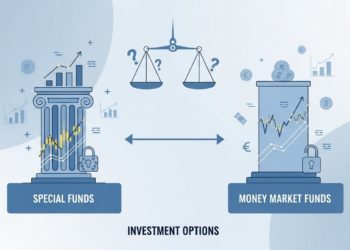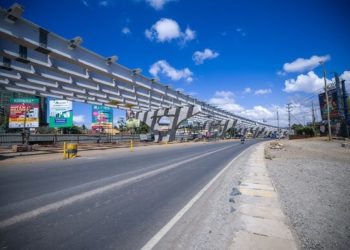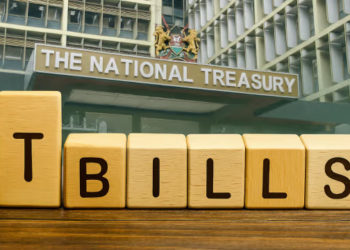Kenya’s growing debt burden has become a critical challenge, with public debt levels now hovering around 73.0% of GDP with total public debt at Ksh 11,023.5 bn compared to a nominal GDP of Ksh 15,108.8 bn. While fiscal consolidation, cutting spending or increasing taxes, has often been proposed, these measures alone are not sustainable. The real solution lies in stimulating economic growth, which would increase revenues and improve our capacity to service debt without compromising development.
For this to happen, our fiscal rules must be rewritten to prioritize investment in infrastructure, education, and health. Current fiscal frameworks like the perennial increment in tax rates through the annual revision of the Finance Bills focus too heavily on deficit reduction, often at the expense of long-term investments. By redirecting resources into productive sectors, the government can unlock growth opportunities that generate jobs, increase income, and expand the tax base. For example, investments in transport infrastructure and renewable energy would reduce costs for businesses and attract private capital, enhancing economic output.
The focus on growth also ensures that debt becomes more manageable over time. As the economy expands, the proportion of debt relative to GDP shrinks naturally. This approach avoids harmful austerity measures that undermine development and push more people into poverty. Instead, it creates a cycle where economic growth increases revenues, allowing for better debt repayment and more room for additional investments.
Additionally, encouraging private-sector involvement is essential. The government cannot tackle this burden alone, and creating an environment that fosters investment, innovation, and business growth will be key. Public-Private Partnerships (PPPs), for instance, can help fund infrastructure projects without putting excessive pressure on public finances.
The logic is clear: without growth, debt servicing will increasingly strain national budgets, forcing governments to cut spending on critical services like healthcare, education, and social protection. Growth-driven strategies, supported by flexible fiscal rules, are the only sustainable solution to this crisis.
To address Kenya’s fiscal challenges, we must shift from short-term deficit controls to long-term investments that expand productivity and economic capacity. By allowing greater fiscal flexibility and prioritizing investments in key sectors, policymakers can lay the foundation for robust, inclusive growth. This strategy will not only resolve our debt burden but also create a thriving economy that benefits all Kenyans. Growth is not just one solution—it is the only sustainable path forward.
















